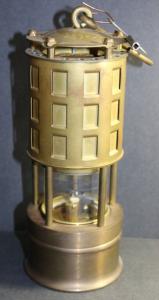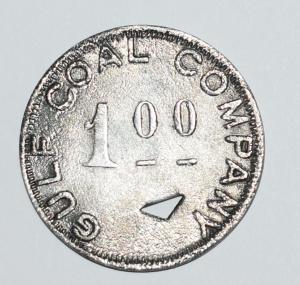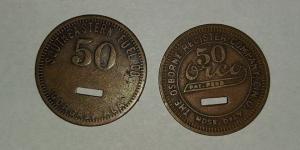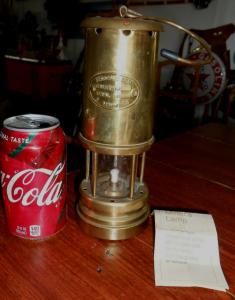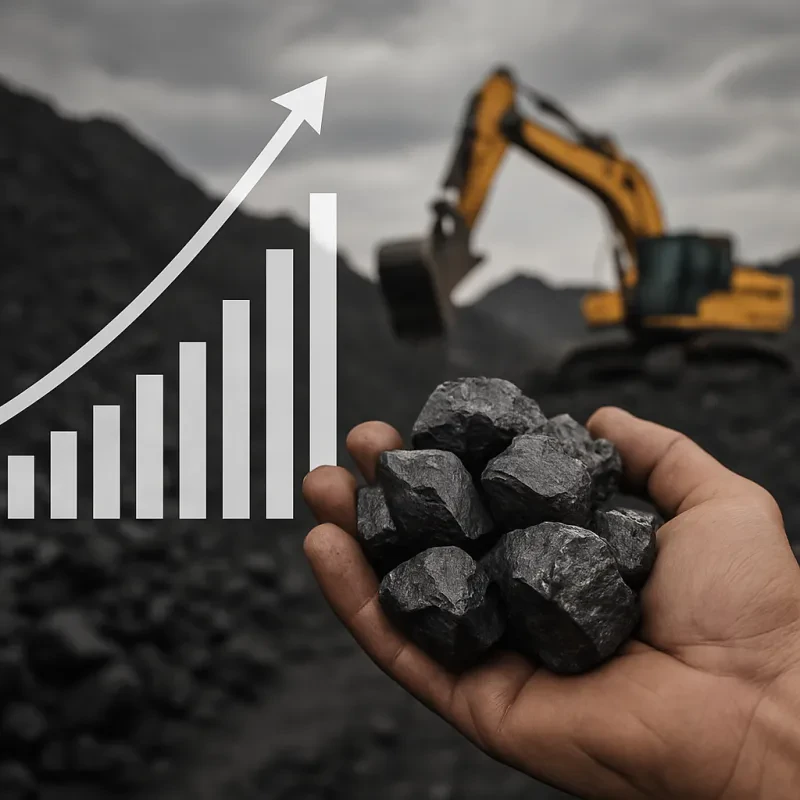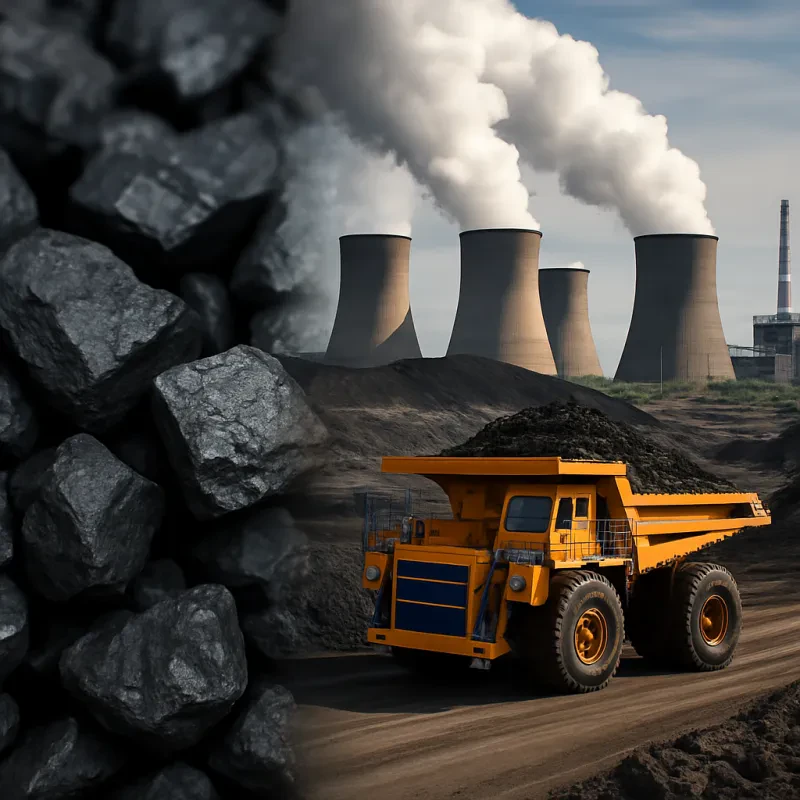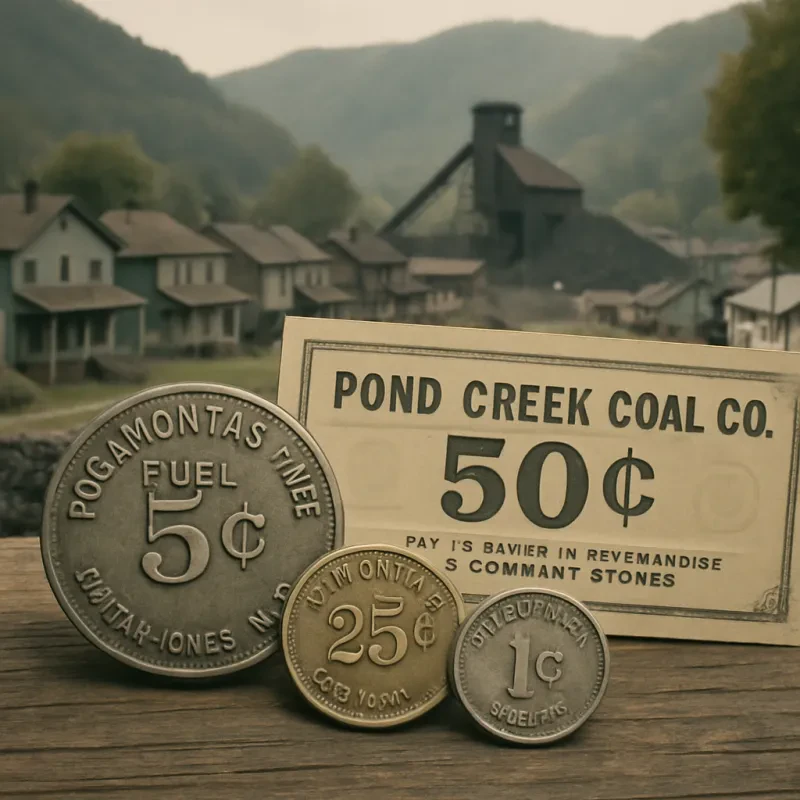The phrase "canary in a coal mine" originates from a safety method used by coal miners a long time ago. Miners would bring small canaries into the mines with them. If there were dangerous gases, like carbon monoxide, the canaries would get sick or die before the levels became unsafe for humans. This was a warning sign for miners to leave the area immediately. So, when we talk about "canary in a coal mine meaning," we’re referring to an early warning system for potential danger.
In today’s context, the term has broadened significantly. People often use it to describe any early indicator of trouble. For example, if a small business starts to struggle, that might serve as a canary in a coal mine for the overall economic situation in that area. The idea is that by paying attention to these early signs, you can take preventive action before things get worse.
Now, you might wonder how this applies to everyday life. Think about it this way: if a friend suddenly has trouble in their relationship, it might signal underlying problems that could affect others around them. That’s another example of a canary in a coal mine meaning—recognizing little issues before they escalate into something bigger. It’s all about being alert to the small signs that can lead to bigger problems in any situation.
Overall, the phrase is a reminder to stay attentive to the little clues life throws at us. Whether it’s in business, personal relationships, or even health, keeping an eye on these canaries can help us make informed choices and react in time. Understanding the "canary in a coal mine meaning" can really empower you to navigate through potential challenges more effectively.
History Behind the Phrase
The phrase "canary in a coal mine" has a history that goes back to the days when coal mining was a primary industry. Miners would take canaries underground with them as a safety measure. Canaries are more sensitive to harmful gases like carbon monoxide, so if the bird showed signs of distress or died, it was a clear signal for the miners to evacuate the area immediately.
This practice started in the early 20th century and quickly became a trusted method for ensuring miner safety. The canary’s ability to react to dangerous conditions made it an unlikely yet effective alarm system. The miners knew that if the canaries were healthy and singing, they were generally safe. But if something was wrong, those little birds were there to alert them to potential danger.
Over time, the phrase “canary in a coal mine” evolved from this literal use into a metaphor. Today, it’s often used to describe a warning sign, particularly in situations where someone or something might indicate a larger risk or problem. Think of it as an early indicator, giving you a heads-up before things get too serious. This is what people mean when they refer to “canary in a coal mine meaning” in conversations about risk and safety.
So, next time you hear someone drop the phrase, you’ll know it’s rooted in a practical, if not a bit somber, piece of history. It serves as a reminder of the importance of being alert to early warning signs, whether in our personal lives or larger societal contexts.
Why Canaries Were Used in Mines
Canaries have played a surprisingly important role in mining history. Back in the day, coal miners relied on these bright little birds to help keep them safe. The phrase "canary in a coal mine meaning" actually comes from this practice. But how did it all work?
Miners would take canaries with them deep into the mines. Birds are more sensitive to dangerous gases like carbon monoxide and methane than humans are. If the canary showed any signs of distress or stopped singing, it was a clear signal that the air quality was poor. Miners used this warning to evacuate the area before it became life-threatening.
This early form of safety measure proved to be quite effective. Canaries could act as an early warning system, giving miners a little extra time to react to hazardous conditions. The idea was pretty simple: if the canary was fine, it was likely safe for the miners to keep working. If not, it was time to turn around and get out.
Although we now have advanced technology and safety equipment to monitor air quality in mines, the concept of "canary in a coal mine meaning" is still relevant today. It serves as a metaphor for any early warning sign of trouble, reminding us to pay attention to our surroundings and take action before it’s too late.
Modern Uses of the Saying
The phrase "canary in a coal mine meaning" has evolved over the years, finding its way into everyday conversations far beyond the mining world. Today, people use it in various contexts to highlight early warning signs or indicators of potential problems. For instance, in business meetings, someone might refer to a specific trend or data point as a "canary in a coal mine." This helps the team recognize a small issue that could lead to bigger challenges if not addressed early.
In environmental discussions, the saying is often used to talk about vulnerable species. For example, researchers might point to declining populations of certain birds or fish as a "canary in a coal mine." These changes help signal larger ecological issues like pollution or climate change. It’s a powerful way to bring awareness to problems that might not be obvious at first glance but could have significant repercussions.
The phrase also pops up in health and safety discussions. Health experts might refer to unusual symptoms in a certain population as a "canary in a coal mine" for potential outbreaks of disease. This usage highlights the importance of paying attention to seemingly minor health indicators, as they can alert us early to more serious health threats.
Even in personal relationships, someone might say that their friend acting differently is a "canary in a coal mine" for deeper issues. This can show how we often rely on small signs or changes to understand when something’s off. It’s a reminder to be attentive and proactive, whether in our work, environment, or personal lives.
